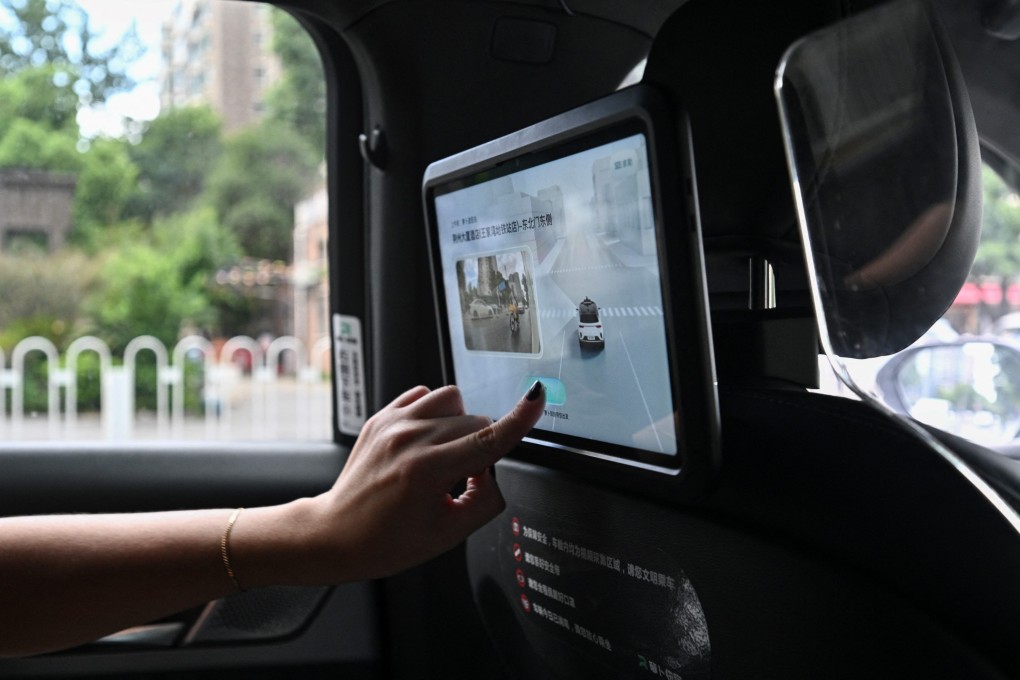Carmakers should improve product safety designs and develop effective warning systems to alert drivers, the China Association of Automobile Manufacturers (CAAM) said on Monday in a joint statement with the China Society of Automotive Engineers. The groups outlined several initiatives to guide carmakers in standardising the promotion and application of driver-assistance systems. The country’s EV industry “has developed rapidly and the combined driver assistance (level 2 driving automation) has entered a critical period of large-scale application”, the statement said.
The initiatives were aimed at “building a healthy ecosystem and promoting the safe application of driver assistance products”, it added. 02:17 Xiaomi to cooperate with police after fatal crash involving self-drive feature on SU7 EV The MIIT told the company representatives that the words “smart driving”, “advanced smart driving” and “autonomous driving” could not be used in promoting existing self-driving systems. In mainland China, most available self-driving systems are classified as either level 2 (L2) or L2+, both of which require drivers to keep their hands on the wheel at all times.

Beijing has yet to legalise L3 – a “hands-off” system based on standards set by US-based SAE International. All drivers are required to be fully alert, even with the system turned on. A Xiaomi SU7 crashed in central Anhui province last month, claiming three lives.
The car was travelling at 116km/h on a highway with the driver-assistance system engaged, adding that the system alerted the driver to take over the wheel two seconds before it hit a concrete barrier, the EV maker said..
Technology

Chinese EV makers urged to boost safety in self-driving systems after Xiaomi crash

Caution came as China’s level 2 driving automation system ‘has entered a critical period of large-scale application’.















